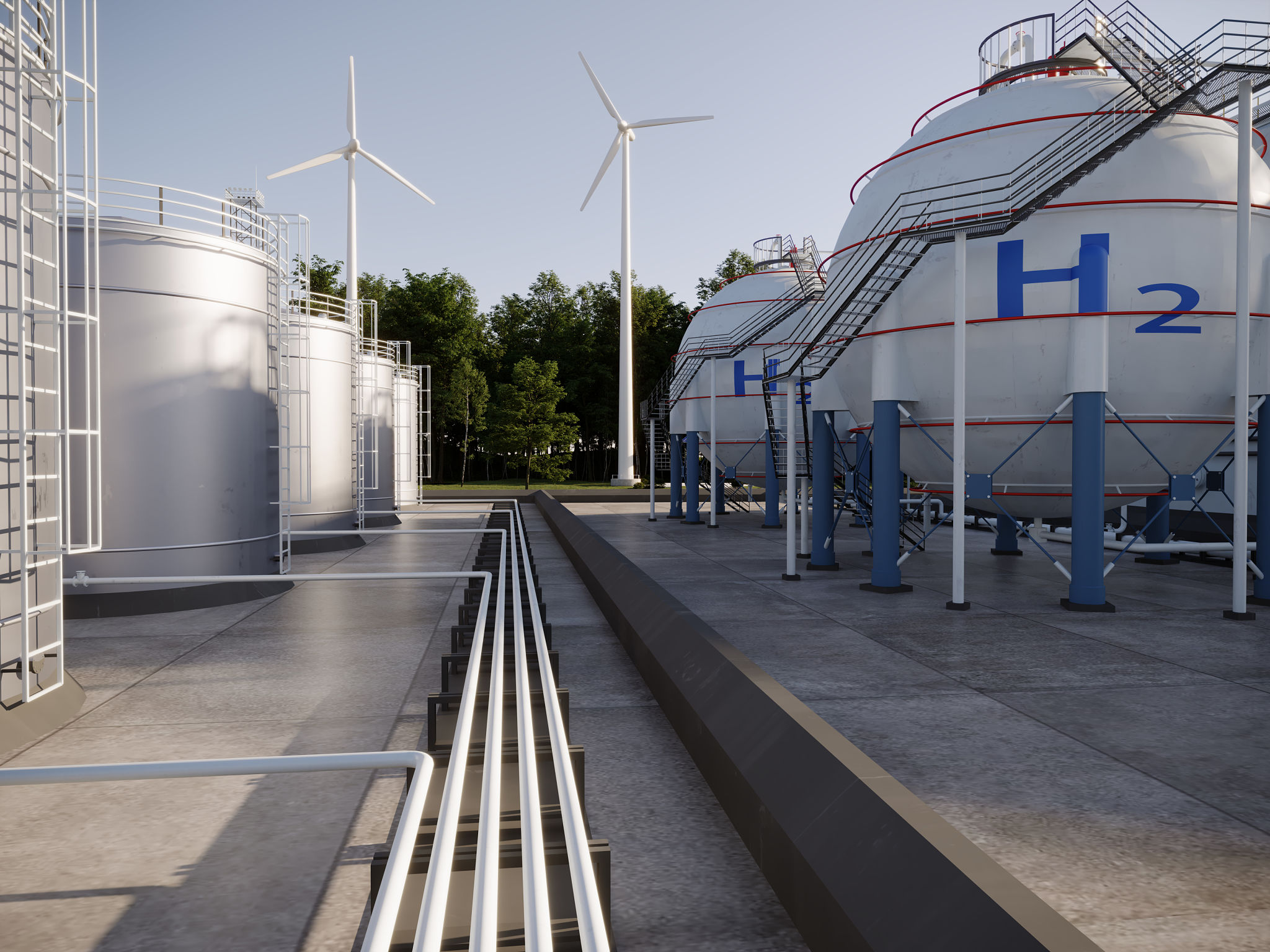Expert Insights: The Future of Eco-Friendly Piping Solutions
Understanding Eco-Friendly Piping Solutions
As the world grows increasingly conscious of environmental impacts, industries are pivoting towards sustainable solutions. The plumbing and piping sector is no exception. Eco-friendly piping solutions are becoming a pivotal discussion point for industry experts who aim to reduce the environmental footprint while maintaining efficiency and reliability. These solutions focus on materials, production processes, and lifecycle sustainability.
Eco-friendly piping typically involves using materials that are either biodegradable or recyclable, minimizing waste and pollution. Innovations in this area are not only beneficial for the environment but also offer long-term economic advantages by reducing replacement costs and maintenance frequency.

Innovations in Piping Materials
One of the most significant advancements in eco-friendly piping is the development of new materials. Bioplastics, made from renewable resources like corn starch, and cross-linked polyethylene (PEX), which offers durability and flexibility, are leading the way. These materials are designed to decompose naturally or be recycled more effectively than traditional options.
Metal piping, such as copper, is also seeing a resurgence due to its recyclability and natural antimicrobial properties. While often more expensive upfront, copper's long lifespan and recyclability make it an eco-friendly choice for many applications.

The Role of Technology
Technology plays a crucial role in advancing eco-friendly piping solutions. Smart sensors and monitoring systems can detect leaks and reduce water waste, ensuring that piping systems operate efficiently. These technologies not only conserve resources but also extend the lifespan of the pipes by preventing damage from undetected leaks.
Moreover, advancements in 3D printing technology allow for precise and efficient production of custom piping components, reducing material waste and energy consumption during manufacturing processes.
Environmental and Economic Benefits
Eco-friendly piping solutions offer numerous benefits beyond environmental conservation. Businesses adopting these solutions often experience reduced utility costs due to more efficient systems. Additionally, many regions offer incentives and tax breaks for companies that implement sustainable practices, providing an economic advantage.
Furthermore, consumers are increasingly prioritizing sustainability in their purchasing decisions. By adopting eco-friendly practices, companies can enhance their brand image and attract environmentally conscious customers.

Challenges and Future Directions
Despite the advantages, transitioning to eco-friendly piping solutions is not without challenges. The initial cost of implementing new materials and technologies can be prohibitive for some businesses. Additionally, there is a learning curve associated with new installation techniques and maintenance practices.
Looking ahead, continued research and development in material science and manufacturing processes will be crucial. Collaboration between industry leaders, governments, and environmental organizations will also play a key role in overcoming these challenges and driving the adoption of sustainable practices in the plumbing sector.
The Path Forward
As awareness grows around the importance of sustainability, the future of eco-friendly piping solutions looks promising. By investing in innovative materials and technologies, industries can significantly reduce their environmental impact while reaping economic benefits. The shift towards sustainability is not just an option—it's becoming a necessity for responsible business operations in the 21st century.
In conclusion, eco-friendly piping solutions represent a vital intersection between sustainability and innovation. As we continue to strive for a healthier planet, these advancements will be essential in shaping a sustainable future for generations to come.